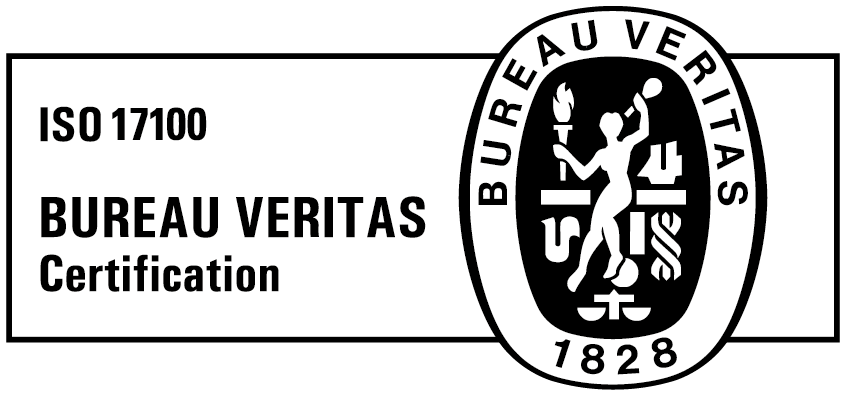Are you more of a listener? We’ve got you covered!
If you have been in the translation industry for years, you may know your MTPE from your CAT. Your interpretation, from your translation. And your translation from your localization. But even if you value translation as a business, you may not know all the terms. This blog is here to help you learn translation terminology without losing your mind.
#TLDR (Too Long Didn’t Read)? Jump to the relevant translation term you want to learn more about.
There is so much to each of the translation terms. But we want you to finish reading this blog in this century. So, we kept it “brief”. We start with the most basic terms. This includes translation, localization, transcreation, interpretation, and transcription. We then jumped into some more translation terms that are associated with machine translation. And we end off with some more (you guessed it) translation terms.
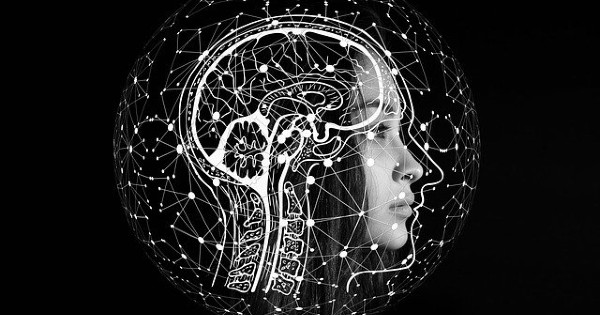
Jump to the relevant section below:
Starting with the Basic Translation Terminology
What are Translation, Localization, Transcreation, Interpretation, Proofreading, and Transcription?
What is translation?
Let’s start with the
translation terminology basics. Translation is adapting a text from one language (source language) to another language word-for-word. Ensuring that the translated text has the same meaning as the original text.
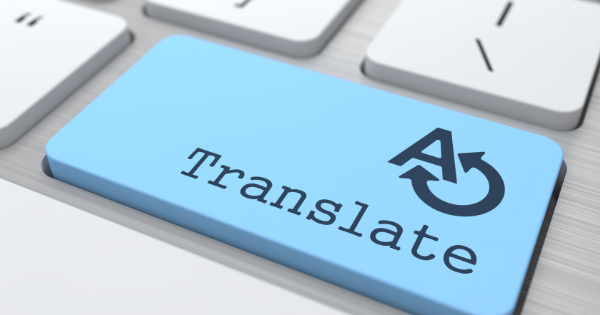
What is localization?
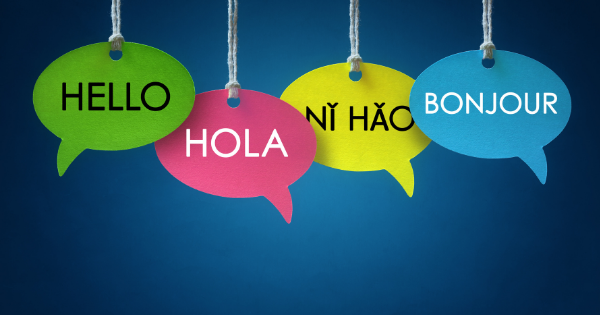
Localization is adapting a translation so that it’s not just “correct”. But also adapted to a local target audience’s culture and frame of reference. With translation, you are adapting a message. But with localization, you are adapting an experience.
Translation is part of the localization experience. But localization goes further. With it, you adapt every aspect of your communication to the target market. This includes adapting imagery, context and making a translation 100 percent relevant to a local audience. And thus, giving it an authenticity that resonates more than a word-for-word translation might.
What is transcreation?
Transcreation refers to the process of changing content from one language to another. But it keeps the existing tone, essence, intent, and style of the source text. So, what is the difference between transcreation and translation?
Creative translation generally keeps some of the original content. And it just adapts some specific ideas. By contrast, transcreation is the complete reimagining and writing of the content. This is done in a way that is best suited for a different culture. Translation replaces words in a specific language with corresponding words in another language.

Transcreation focuses on the same message as the original text. But there is creative freedom. A transcreation specialist uses creativity and cultural knowledge to write content that resonates with a target audience. Transcreation specialists are thus writers (not just translators). A transcreation requires a creative brief (not just a source text). Transcreation is more costly than translation because it is more labor-intensive. And often, transcreation is more suited for marketing materials than other forms of content.
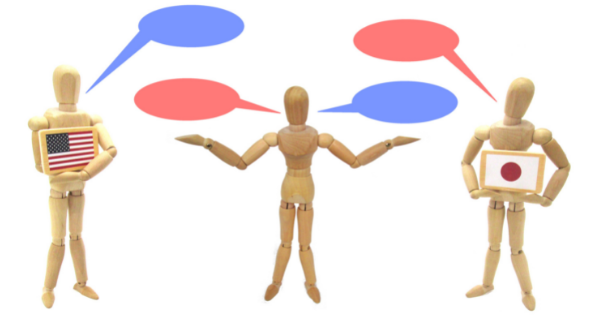
What is interpretation?
Translation is often associated with written text. While interpretation is associated with spoken or signed communication between users of different languages. Interpretation requires skilled linguists to accurately “translate” on the spot.
Some interpretations are done simultaneously as a speaker delivers their message. Other times, the speaker will speak, pause and then wait for the interpreter to relay the message. Or it can happen post an event or recording.
What is proofreading?
Proofreading is the careful checking of errors in a translated communication. It’s done before being published or shared. This is the final stage of the writing and translation process. A proofreader checks and fixes spelling and punctuation errors. Fixes typos, formatting issues and corrects inconsistencies.
You can opt for light proofreading of a translated text. This means only minor and obvious errors are corrected (like spelling). Or thorough proofreading, where a translated text is vigorously analyzed and checked. Light proofreading is usually enough for texts used for internal communication. Whereas in-depth proofreading is recommended for legal documents or marketing materials.

What is transcription?
Transcription includes the transcribing of audio or video content to a written format. Conferences, meetings, interviews, podcasts, webinars, or videos can all be transcribed. Transcription doesn’t necessarily include translation. But it is a service offered by many LSPs (see LSP later in this blog).
Some More Translation Terminology …
What are MT, CAT, AI-Assisted Translation, and MTPE?
What is MT?
MT is a translation term for machine translation or automated translation. It is a process of computer software translating a message from one language to another. Or into many languages. It does this without human contribution.
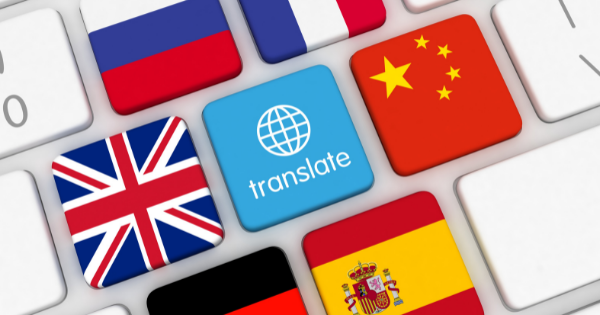
How does MT work? A large amount of text runs through the MT engine and compares the source and target language. Voila – translation success.
To further explain this let’s differentiate between three types of MT.
Rule-based MT uses language rules and grammar developed by linguists and dictionaries. It can be customized by industry.
Statistical MT “learns” to translate through analyzing large amounts of existing human translations.
Neural machine translation “teaches” itself how to translate using a large neural network. Neural MT is becoming the most popular as it often yields the best results with language pairs.
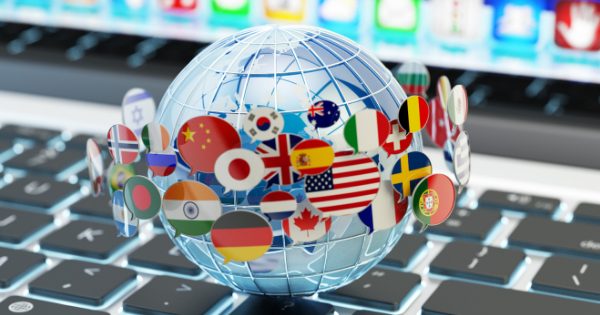
What is CAT?
CAT is a translation term that is short for computer-assisted translation. It is a process of using software to translate content from one language to another. Or into many languages for that matter.
The biggest plus point is CAT’s ability to process over a million words per hour and in a language of your choosing. This means many hours and days of translation time are saved.
Taia’s CAT solution (Catapult), for example, helps our clients be three times more productive. So, the extra time can be used to localize the content and focus on copywriting.
What is AI-assisted translation?
The “AI” in AI-translation stands for Artificial Intelligence. AI-translation is a term previously known as Machine Translation. And has also rapidly developed in the last few years. Artificial Intelligence “trains” the translation software to improve the quality.
AI-translation combined with the skills of professional translators expand the solutions available to businesses. And, dramatically decreases turnaround times.

What is MTPE?

In Translation terminology MTPE stands for Machine Translation Post Editing . And it refers to the process of a machine translation being edited by a linguistic specialist once it has been translated. MTPE is to ensure the final product is exactly what it needs to be.
Why would a translator make use of MT and then post-edit rather than just doing it all? Because it saves a lot of time and that means clients can get their translations quicker. But it also means translations are checked by an expert to ensure the nuances, intent, and intricacies of the source text and final text match.
Depending on the type of project, a client may opt for light-post editing or full-post editing. Light-post editing would just require the translator to modify the machine translation slightly. Do a few spelling and context checks. This is suitable for internal comms. Full post-editing is a vigorous review and an intensive modification. This would be recommended for client-facing materials or legal documents.
What are LSPs, TMS and Translation Memory?
What is an LSP?
LSP stands for “language service provider”. An LSP offers professional translation, transcreation, translation management system, and other linguistic services.


What is a TMS?
TMS stands for “translation management system”. A translation management system is designed to manage the process of translation and localization of texts. It is also called translation management software. Its main aim is to manage and order the translation of texts, especially at scale.
It can be difficult to manage multiple translation projects. Especially if there are many languages and dialects involved. This is where translation management systems become invaluable.
Just like Taia’s platform, these systems keep all projects in one place, and can give many users an overview of the translation projects, and their status. It also creates a customized translation memory.
What is translation memory?
Translation memory is essentially a database that stores previously translated sentences, paragraphs or sections of text. Each translation memory includes the source, or original text and its translated equivalent.
Translation memory works with translation software. The translation memory and software generate automatic suggestions from similar content previously translated. This saves time and improves accuracy. And if you are a Taia client, the more you translate, the more you save on costs, thanks to translation memory.

We hope this blog helped you learn some of the translation terminology without losing your mind. If there is any translation term you feel we should include but haven’t – let us know. We will update it asap. We don’t want anyone to go crazy over translation terms. Only go crazy for our platform.
Other related articles...
translations quicker than ever before!
read more interesting content like this.




